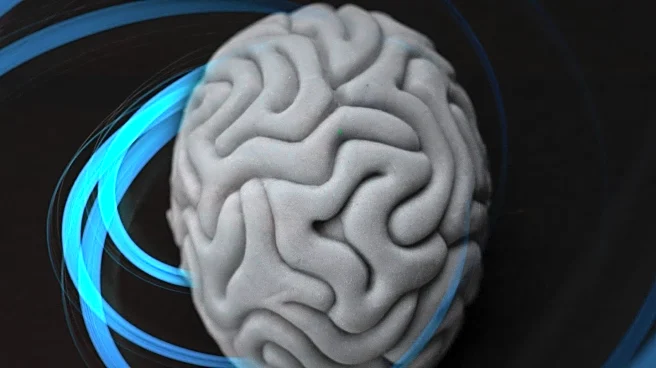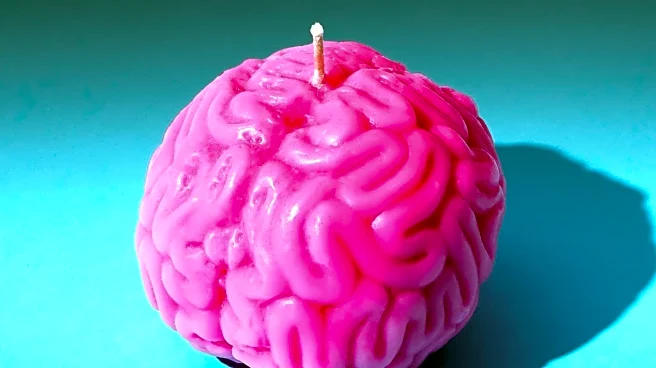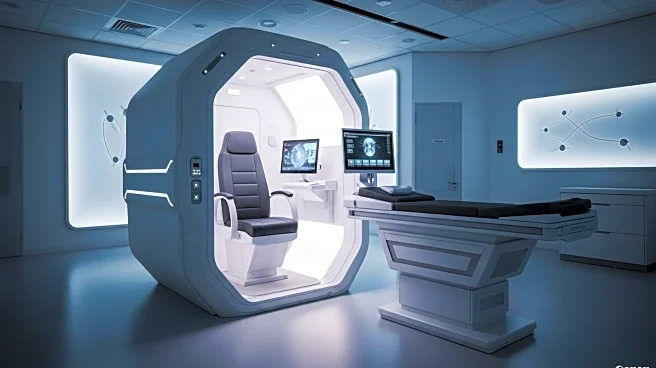What's Happening?
Recent research has identified neural correlates in infants that may indicate a risk for anxiety later in life. Using MRI and EEG, scientists have observed patterns of brain connectivity associated with behavioral inhibition (BI) and negative reactivity (NR). These studies suggest that certain brain networks, such as those involved in attentional control, may be linked to early-life anxiety risk. The findings highlight the potential for early identification of anxiety disorders, although the variability in brain-behavior associations remains a challenge.
Why It's Important?
Understanding the neural basis of anxiety risk in infancy could revolutionize early intervention strategies, potentially preventing the development of anxiety disorders. This research underscores the importance of early childhood as a critical period for brain development and mental health. It also raises questions about the role of genetics and environment in shaping these neural patterns. The implications for public health are significant, as early detection and intervention could reduce the long-term burden of anxiety disorders on individuals and healthcare systems.
What's Next?
Future research will likely focus on refining neurodevelopmental models of anxiety and exploring the specific roles of different brain networks. There may be an emphasis on developing non-invasive screening tools for early detection of anxiety risk. Additionally, researchers might investigate the impact of environmental factors, such as maternal stress, on infant brain development. These efforts could lead to more personalized and effective interventions for at-risk children.










